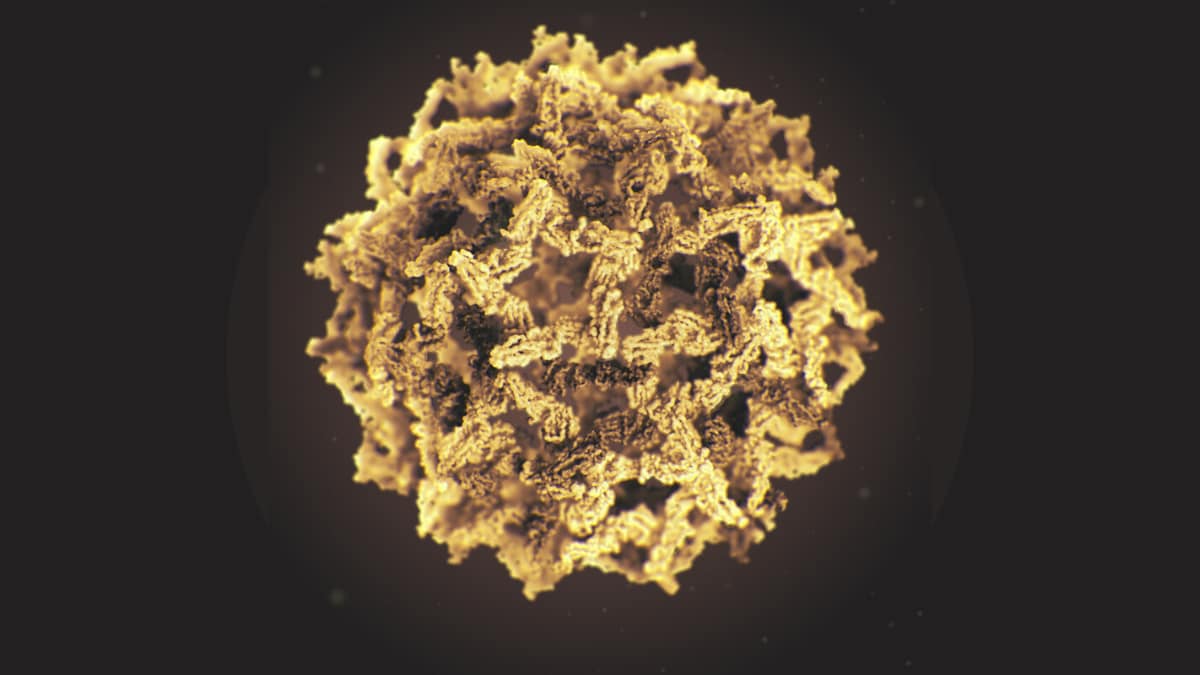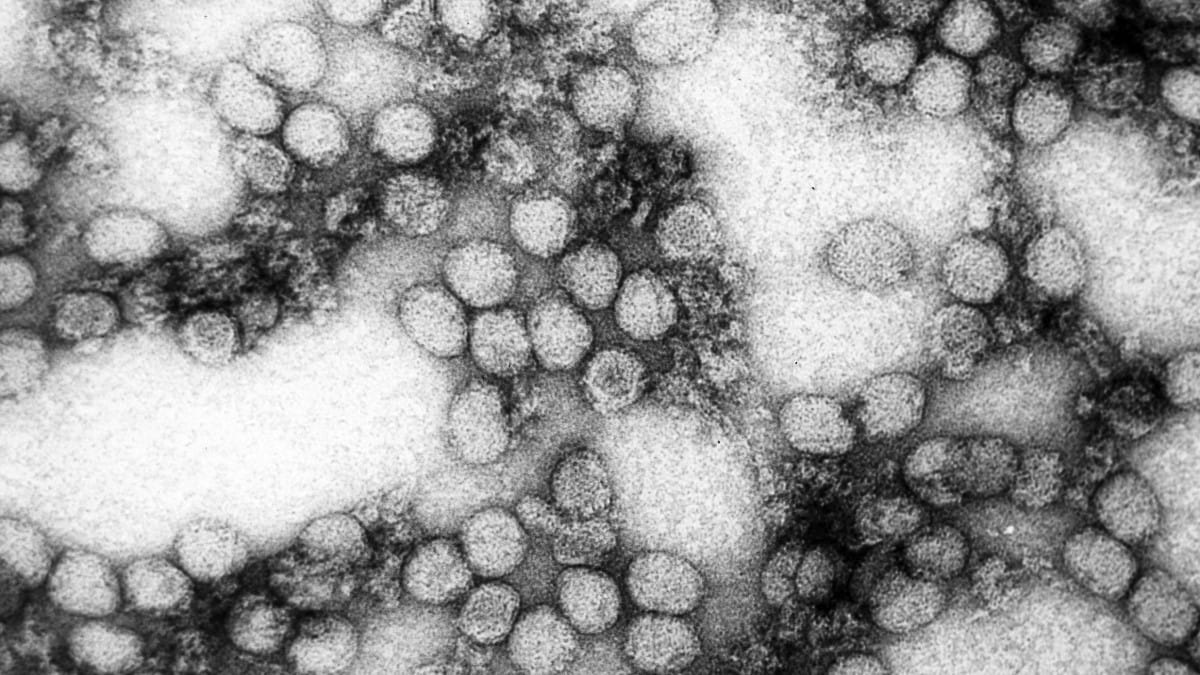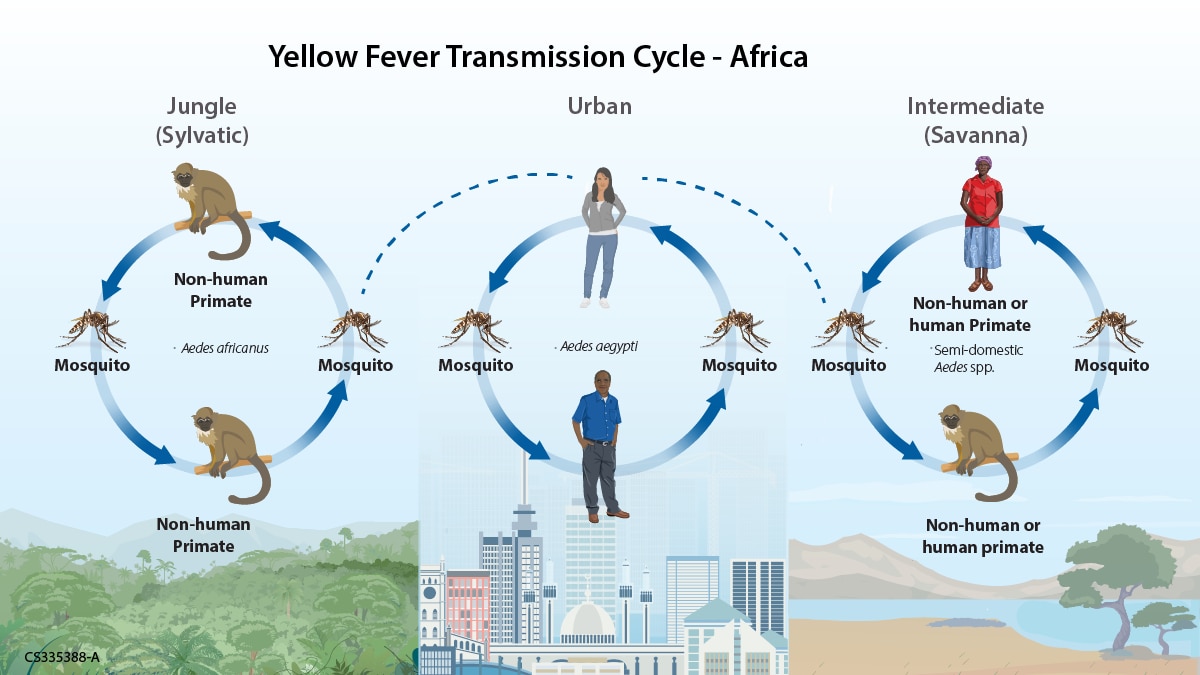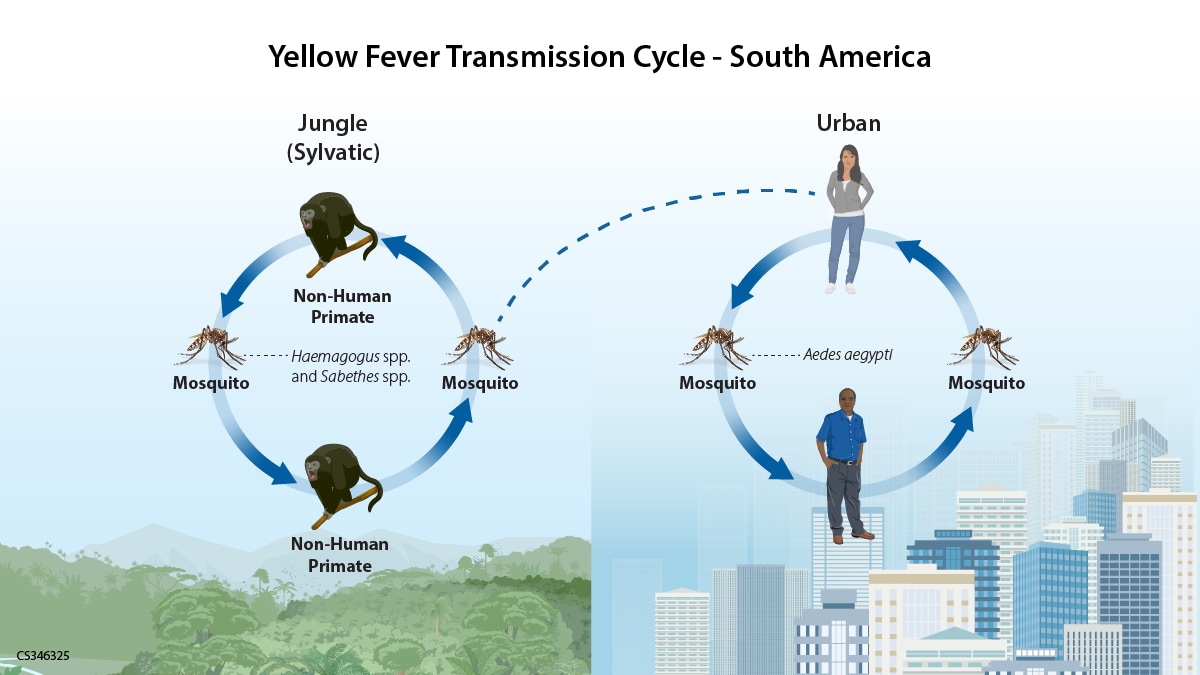Key points
- Yellow fever virus is a mosquito-borne flavivirus, similar to dengue, West Nile, and St. Louis encephalitis viruses.
- The virus is maintained in a cycle between mosquitoes and vertebrate hosts, primarily non-human primates.
- Humans with yellow fever are infectious to mosquitoes shortly before the onset of fever and up to 5 days after onset.
- One case of perinatal transmission of yellow fever virus has been documented.

Virus
Yellow fever virus is an RNA virus that belongs to the genus Flavivirus. It is in the same genus as several other medically important viruses, such as dengue virus, West Nile virus, and St. Louis encephalitis virus.

Transmission
Yellow fever virus is transmitted to people primarily through the bite of infected Aedes or Haemagogus species mosquitoes. Mosquitoes acquire the virus by feeding on infected primates (human or non-human) and then can transmit the virus to other primates (human or non-human). People infected with yellow fever virus are infectious to mosquitoes (referred to as being "viremic") shortly before the onset of fever and up to 5 days after onset.
Because of the high level of viremia, bloodborne transmission theoretically can occur via transfusion or needlesticks. One case of perinatal transmission of wild-type yellow fever virus from a woman who developed symptoms of YF 3 days prior to delivery has been documented; the infant subsequently tested positive for yellow fever viral RNA and died of fulminant yellow fever on the 12th day of life.
Yellow fever virus has three transmission cycles: jungle (sylvatic), intermediate (savannah), and urban.
- The jungle (sylvatic) cycle involves transmission of the virus between non-human primates (e.g., monkeys) and mosquito species found in the forest canopy. The virus is transmitted by mosquitoes from monkeys to humans when humans are visiting or working in the jungle.
- In Africa, an intermediate (savannah) cycle exists that involves transmission of virus from mosquitoes to humans living or working in jungle border areas. In this cycle, the virus can be transmitted from monkey to human or from human to human via mosquitoes.
- The urban cycle involves transmission of the virus between humans and urban mosquitoes, primarily Aedes aegypti. The virus is usually brought to the urban setting by a viremic human who was infected in the jungle or savannah.


